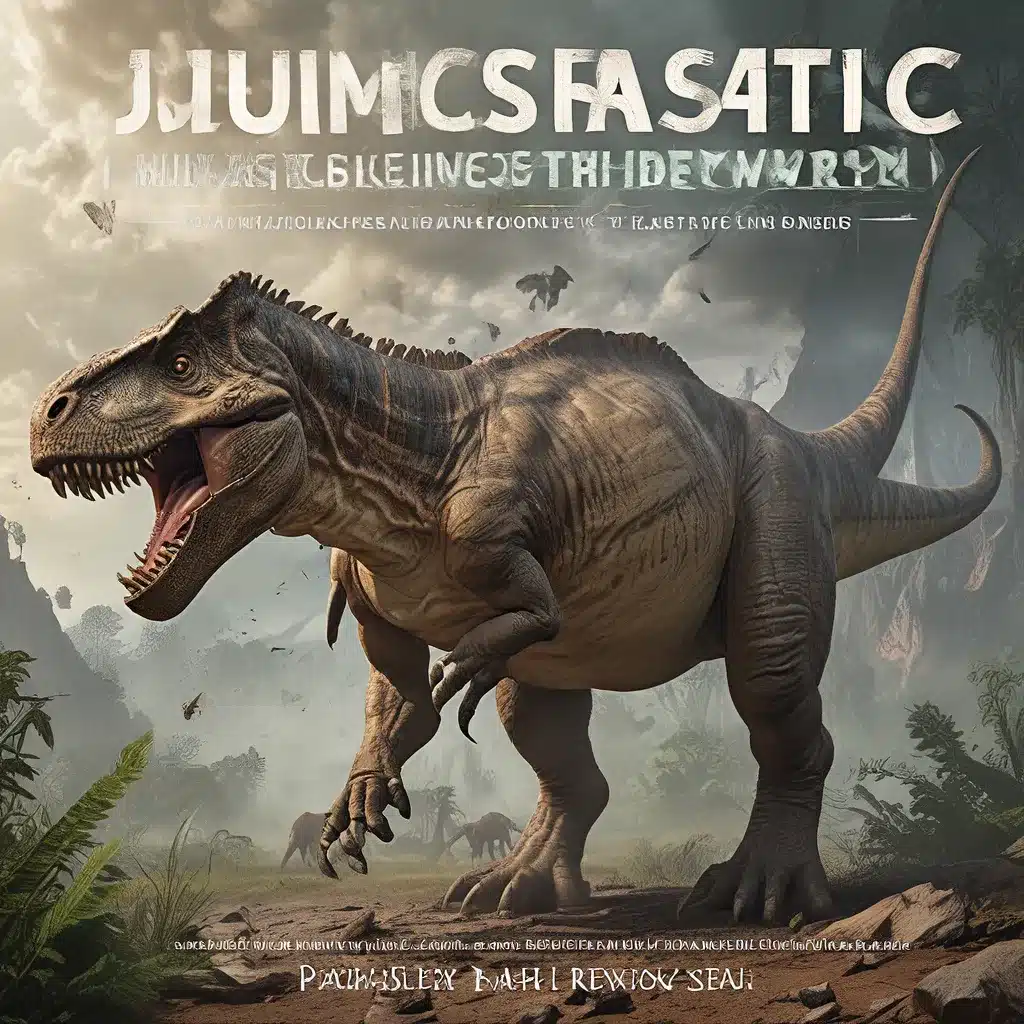
Exploring the Endurance of Earth’s Oldest Ecosystems
The story of life on Earth is one of remarkable resilience and adaptation. From the dawn of the Jurassic period, when dinosaurs roamed the planet, to the present day, ecosystems have evolved and persisted, weathering dramatic environmental changes and upheavals. By studying these ancient systems, we can uncover valuable insights into the innate tenacity of life and the mechanisms that allow it to thrive in the face of adversity.
Seagrass Meadows: Timeless Oases of the Ocean
One of the oldest and most enduring ecosystems on the planet is the seagrass meadow, a vast underwater expanse of aquatic plants found in sheltered coastal waters around the world. In 2010, marine ecologist Sophie Arnaud-Haond and her colleagues made a remarkable discovery while studying a seagrass meadow between the Spanish islands of Ibiza and Formentera. They found individual clones of the seagrass species Posidonia oceanica that were estimated to be between 80,000 and 200,000 years old, making them some of the oldest living organisms on Earth.
These seagrass meadows have endured by repeatedly adapting to fluctuating sea levels and climatic changes over millennia. As the environment shifted, the meadows contracted and expanded, with only a portion of the clones surviving each upheaval. Yet, through this process of differential persistence, the ecosystems have maintained their essential character and function for tens of thousands of years.
Coral Reefs: Resilient Oases of the Sea
Equally impressive in their longevity are the world’s coral reef systems, which have been described as the “rainforests of the sea.” The Great Barrier Reef off the coast of Australia, for example, is believed to have originated between 500,000 and 600,000 years ago and has survived numerous climatic changes and disturbances throughout its history.
Paleontologist Gregory Webb explains the remarkable resilience of coral reefs, stating, “The resilience of a community that can reform and regrow and do its thing even when faced with severe disruption—it’s magic.” This ability to recover and rebuild after calamities, such as hurricanes or periods of ocean acidification, is a testament to the adaptability and self-regulating capacity of these ancient ecosystems.
Rainforests: Enduring Bastions of Biodiversity
The oldest continuously existing ecosystems on land are the tropical rainforests, which have likely persisted in the same general regions for tens of millions of years. Paleobiologist Carlos Jaramillo and his colleagues have traced the origins of the modern tropical rainforest to the beginning of the Cenozoic era, shortly after the asteroid impact that contributed to the demise of non-avian dinosaurs around 66 million years ago.
These ancient rainforests have maintained their essential structural features and plant families for millions of years, even as the continents have shifted and the planet’s climate has undergone dramatic changes. This remarkable persistence is a testament to the self-reinforcing feedback loops that sustain these ecosystems, such as the rainforests’ ability to generate much of the moisture that falls on their own canopy.
The Secrets of Ecosystem Longevity
What is it about these ancient ecosystems that allows them to endure for such extraordinary lengths of time? According to the article, several key factors contribute to their remarkable resilience:
-
Geographical Stability: Tropical and equatorial regions have generally been more climatically stable over long periods, providing a favorable environment for the persistence of these ecosystems.
-
Adaptability of Foundational Organisms: The keystone species that form the foundation of these ecosystems, such as seagrasses, corals, and rainforest plants, are highly resilient and adaptable, able to withstand and recover from major disturbances.
-
Self-Regulating Feedback Loops: Many of these ecosystems actively shape and maintain the environmental conditions that sustain them, creating self-reinforcing cycles that promote their long-term survival.
-
Differential Persistence: When faced with upheavals, not all components of the ecosystem are destroyed. Instead, a portion of the system persists, allowing the ecosystem to gradually rebuild and maintain its essential character over time.
Lessons from the Jurassic
The endurance of these ancient ecosystems offers valuable lessons for understanding the adaptability and resilience of life on Earth, even in the face of dramatic environmental changes. As the article notes, “Humanitys power is outsized but not infinite. As a whole lifes tendency is to endure and recover, discovering new forms over thousands to millions of years.”
By studying the strategies and mechanisms that have allowed these Jurassic-era ecosystems to persist, we can gain insights into how life can adapt and thrive in the face of adversity. This knowledge may inform our own efforts to conserve and restore fragile environments in the Anthropocene, as we grapple with the rapid changes brought about by human activity.
Conclusion: Resilience in a Changing World
The remarkable longevity of Earth’s oldest ecosystems is a testament to the innate resilience of life and the interconnectedness of all living systems. From the seagrass meadows of the ocean to the towering rainforests of the tropics, these ancient communities have weathered dramatic upheavals, adapting and persisting through countless generations.
As we navigate the challenges of our rapidly changing world, the lessons of these Jurassic-era ecosystems can inspire us to cultivate a deeper appreciation for the tenacity of life and the importance of preserving the fragile web of relationships that sustain our planet. By understanding the strategies that have allowed these ecosystems to endure, we may discover new paths forward in our own efforts to foster a more resilient and sustainable future.


